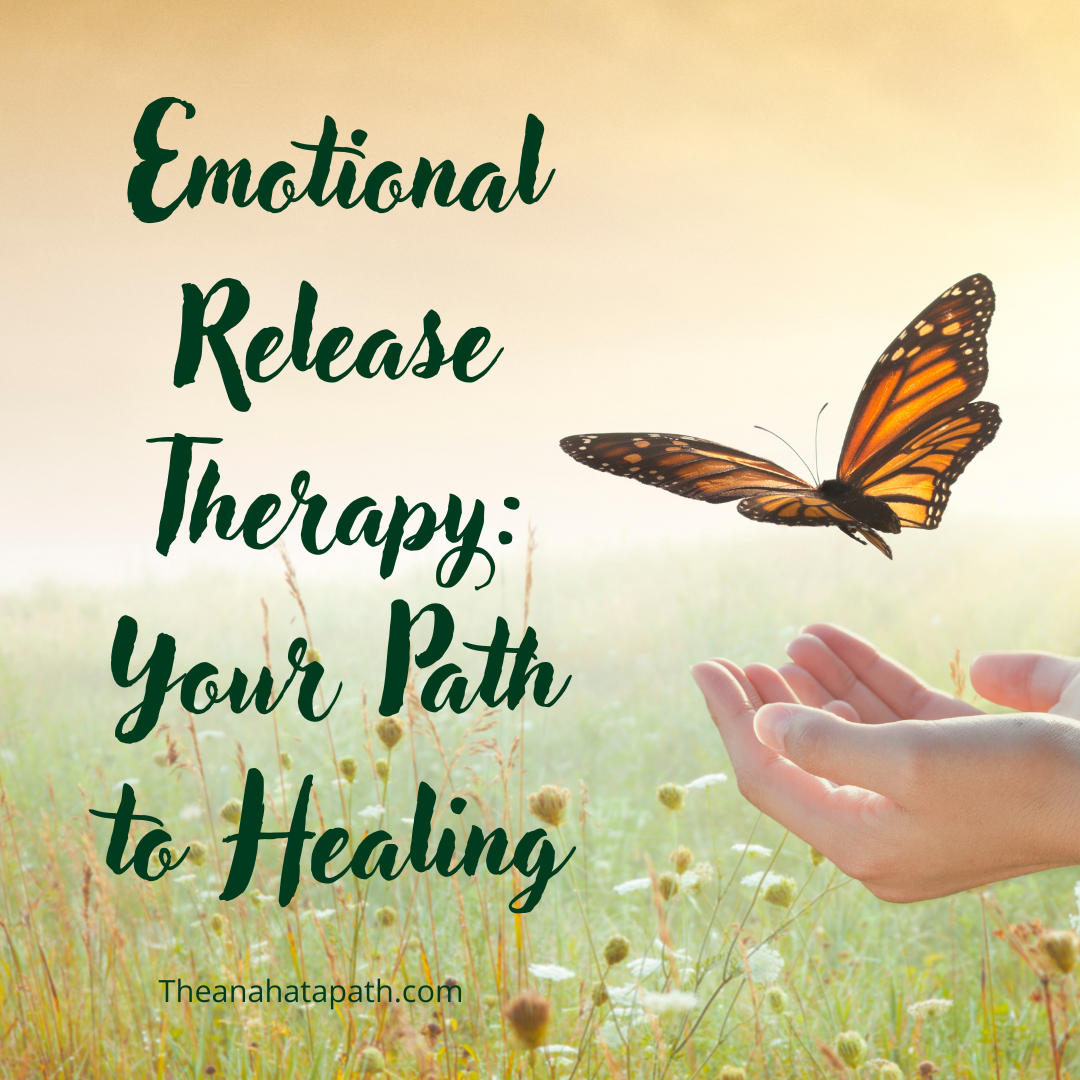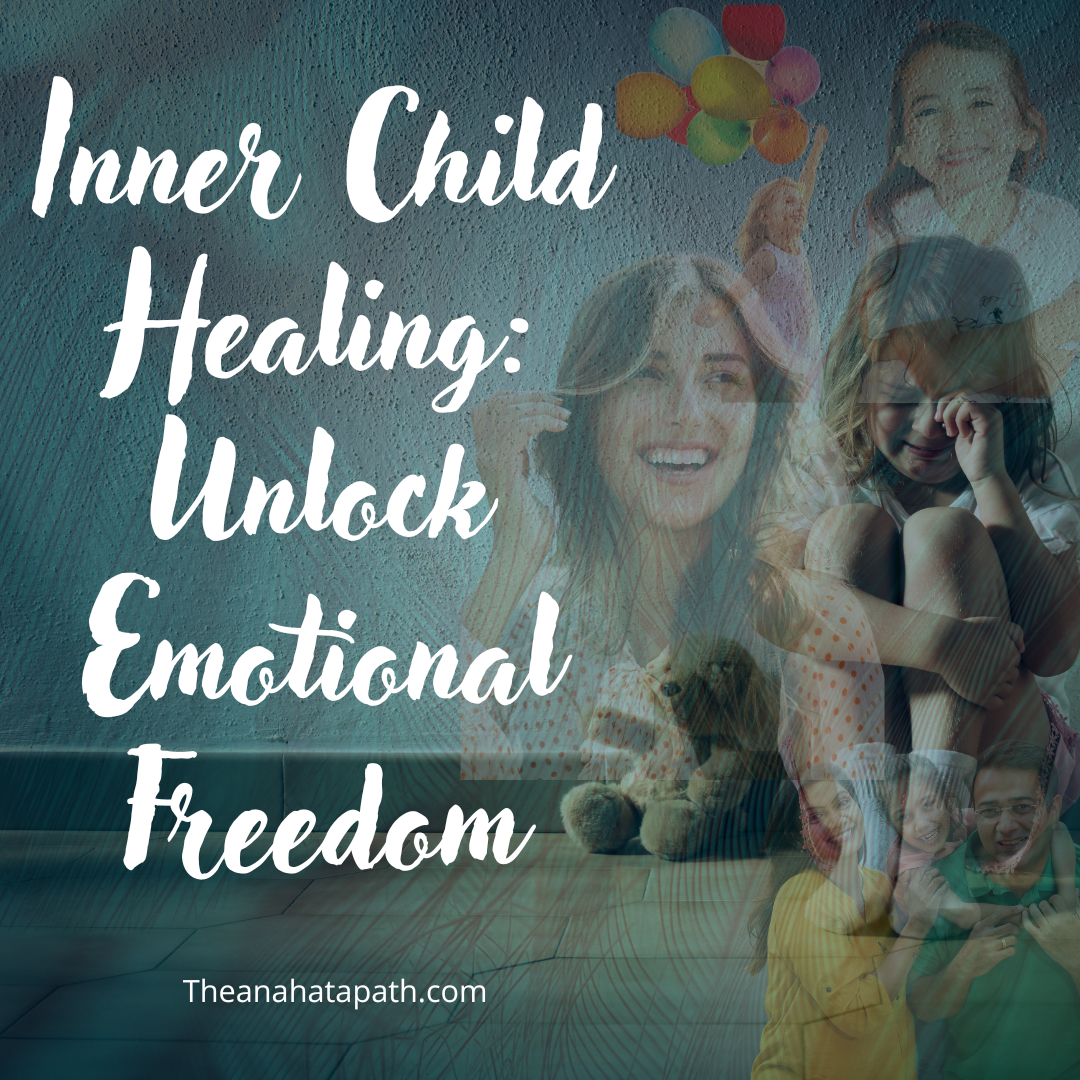Emotional release therapy is a powerful therapeutic approach designed to help individuals release suppressed emotions and achieve emotional healing. By addressing and processing unresolved emotions, emotional release therapy promotes overall well-being and mental health. In this article, we will explore the concept of emotional release therapy, its benefits, the techniques used, and practical tips for incorporating it into your life.
What is Emotional Release Therapy?
Emotional Release Therapy (ERT) is a holistic and integrative therapeutic approach that focuses on identifying, processing, and releasing suppressed or unresolved emotions. These emotions can stem from past traumas, negative experiences, or ongoing stress. By addressing these buried emotions, ERT aims to facilitate emotional healing, promote mental well-being, and restore a sense of inner peace and balance.
Core Concepts of Emotional Release Therapy
- Emotional Healing
- Addressing Root Causes: ERT delves into the root causes of emotional distress, rather than just addressing surface-level symptoms. It helps individuals uncover and process the underlying emotions that contribute to their mental and physical health issues.
- Holistic Approach: This therapy integrates various techniques and practices to address the mind, body, and spirit, promoting comprehensive healing and well-being.
- Suppressed Emotions
- Uncovering Hidden Emotions: Suppressed emotions are feelings that have been pushed aside or ignored over time. These emotions can accumulate and manifest as physical or psychological symptoms. ERT helps individuals identify and acknowledge these hidden emotions.
- Emotional Release: The primary goal of ERT is to release these suppressed emotions through therapeutic techniques. This release allows individuals to experience emotional freedom and relief.
- Emotional Awareness
- Developing Awareness: ERT encourages individuals to become more aware of their emotions and how they impact their thoughts, behaviors, and overall well-being. Increased emotional awareness fosters self-understanding and personal growth.
- Mind-Body Connection: Emotional release therapy emphasizes the mind-body connection, recognizing that emotions can influence physical health. By addressing emotional blockages, individuals can experience improvements in physical well-being.
Techniques Used in Emotional Release Therapy
- Breathwork
- Controlled Breathing: Breathwork involves techniques such as deep breathing, diaphragmatic breathing, and holotropic breathwork to facilitate the release of stored emotions. Controlled breathing helps calm the nervous system and promote emotional release.
- Therapeutic Benefits: Breathwork sessions can lead to profound emotional release, relaxation, and a sense of inner peace.
- Bodywork
- Massage Therapy: Techniques such as massage therapy, craniosacral therapy, and acupressure focus on releasing tension and emotional blockages stored in the body. These practices help individuals achieve physical and emotional relaxation.
- Somatic Experiencing: Bodywork may also include somatic experiencing, which involves tuning into physical sensations to release trauma and emotional stress.
- Expressive Arts Therapy
- Creative Expression: Expressive arts therapy incorporates activities such as painting, drawing, music, and dance to facilitate emotional expression. Engaging in these creative activities provides a therapeutic outlet for processing and releasing emotions.
- Non-Verbal Communication: This technique allows individuals to express emotions that may be difficult to articulate verbally, promoting emotional release and healing.
- Mindfulness and Meditation
- Mindfulness Practices: Mindfulness and meditation techniques encourage individuals to observe and accept their emotions without judgment. Practices such as guided meditation, mindfulness meditation, and loving-kindness meditation are effective in promoting emotional awareness and release.
- Emotional Regulation: These techniques help individuals develop emotional regulation skills, leading to a more balanced and centered state of being.
- Emotional Freedom Techniques (EFT)
- Tapping Method: EFT, also known as tapping, involves tapping on specific acupressure points while focusing on unresolved emotions. This technique helps release emotional blockages and promotes emotional healing.
- Energy Healing: EFT is based on the principles of energy healing, recognizing that emotional blockages can disrupt the body’s energy flow. Tapping helps restore balance and harmony.
Practical Tips for Incorporating Emotional Release Therapy into Your Life
- Practice Regular Self-Reflection
- Journaling: Take time each day to reflect on your emotions and experiences through journaling. Writing down your thoughts and feelings can help you process and release emotions.
- Daily Check-Ins: Perform daily check-ins with yourself to assess your emotional state. Ask yourself questions like, “How am I feeling today?” and “What emotions are coming up for me?”
- Engage in Creative Activities
- Artistic Expression: Incorporate creative activities, such as painting, drawing, or playing music, into your routine. These activities provide a therapeutic outlet for emotional expression and release.
- Dance and Movement: Engage in dance or movement activities to help release pent-up emotions and promote physical and emotional well-being.
- Practice Mindfulness and Meditation
- Mindful Awareness: Set aside time each day for mindfulness or meditation practices. These practices promote emotional awareness and help release suppressed emotions.
- Guided Meditations: Use guided meditations specifically designed for emotional release to facilitate the process.
- Seek Professional Support
- Therapist Guidance: Consider working with a trained emotional release therapist who can guide you through the process and provide personalized support and techniques.
- Therapeutic Sessions: Attend regular therapeutic sessions to address and release unresolved emotions under the guidance of a professional.
- Create a Supportive Environment
- Supportive Relationships: Surround yourself with supportive and understanding individuals who encourage your emotional expression and healing journey.
- Safe Space: Create a safe and nurturing environment at home where you can comfortably explore and release your emotions.
Conclusion
Emotional release therapy is a transformative approach to emotional healing that helps individuals process and release suppressed emotions. By addressing unresolved emotions, individuals can achieve enhanced emotional well-being, reduced stress and anxiety, improved relationships, and overall physical health benefits. Incorporate the techniques of emotional release therapy into your life to experience greater emotional freedom and well-being.
Whether you are seeking personal healing or looking to cultivate a more compassionate, heart-led approach in your organization, The Anahata Path is an invitation to awaken the heart, release the past, and step into a life—and a world—guided by love and wisdom.



